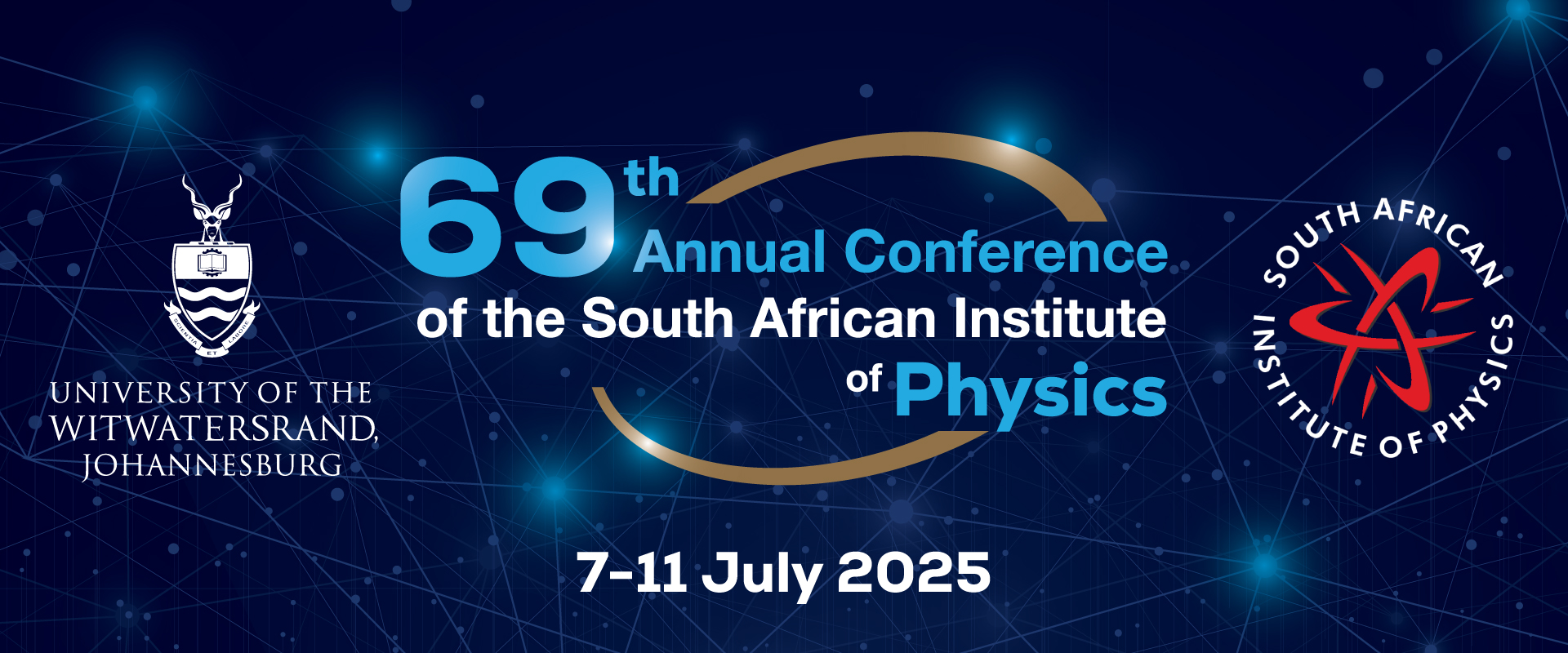Speaker
Description
Abstract: Reduced graphene oxide/gold nanoparticle (rGO/AuNP) nanocomposites emerge as versatile materials for sensing, and biomedical applications; however, their practical implementation is frequently hindered by poor colloidal stability and aggregation mainly attributed to the stripping of ligands by rGO, inadequate anchoring of AuNPs, and electrostatic disturbances. In this study, we addressed these issues by developing polyethylene glycol (PEG)-stabilized rGO/AuNP nanocomposites that demonstrate improved stability. The intention was to synthesize and characterize PEGylated rGO/AuNP hybrids, assessing their enhanced dispersibility and long-term stability in comparison to their unstabilized counterparts. A simple one-pot synthesis method was employed, utilizing PEG both as a reducing agent for graphene oxide (GO) and a stabilizing agent to inhibit AuNPs aggregation. AuNPs were synthesized using the Turkevich method, while the rGO was prepared and dispersed in deionized water. The nanocomposites were prepared by combining rGO dilutions and AuNPs at a ratio of 1:1 (v/v), followed by sonication and stabilization with PEG. Transmission electron microscopy (TEM) revealed a uniform distribution of the AuNPs on the rGO sheets, with particle sizes averaging between 20 - 25 nm, verifying the efficacy of PEG in inhibiting aggregation. Additionally, Raman spectroscopy indicated better dispersion, improved hydrophilicity and colloidal stability. Ultraviolet-visible (UV-Vis) spectroscopy validated the successful integration of AuNPs within the rGO matrix. These results offer a scalable approach to address instability and aggregation issues in nanocomposite engineering, thereby facilitating improved performance in catalytic, sensing, and biomedical applications.
| Apply for student award at which level: | MSc |
|---|---|
| Consent on use of personal information: Abstract Submission | Yes, I ACCEPT |

